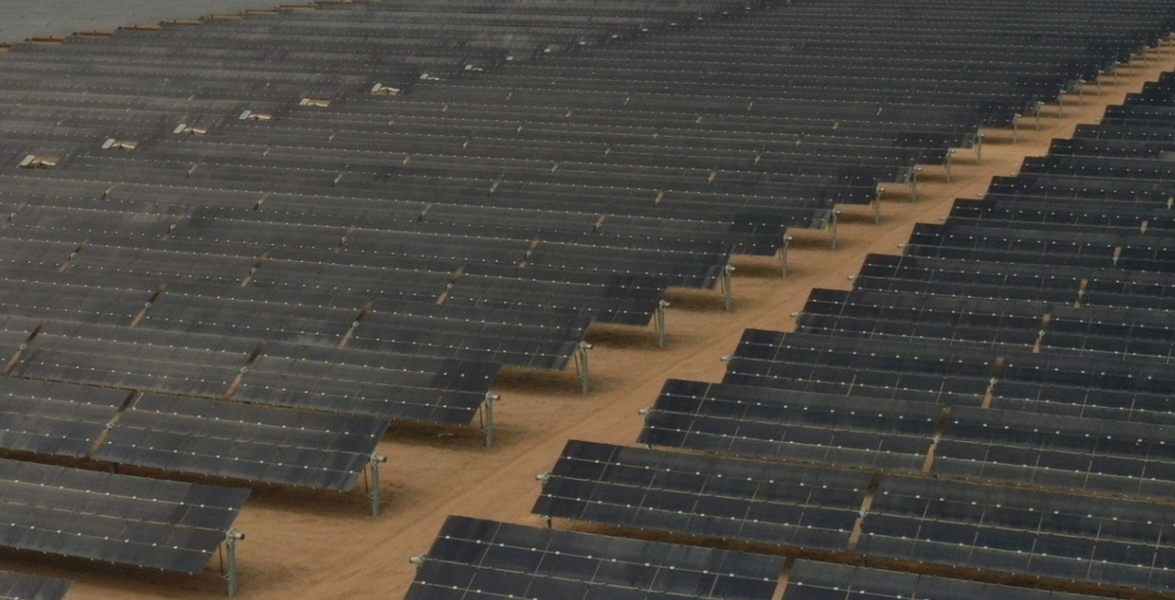How PV-Plus-Storage Will Compete With Gas Generation in the U.S.
Source: BLOOMBERG NEF | November 23, 2020
Source: BloombergNEF
This report by BloombergNEF shows how the combination of solar power plants and battery storage can be a clean, economic alternative to an increasingly large share of U.S. gas generation. Its analysis provides valuable insight on a techno-economic trend that lies at the heart of the future of the U.S. power sector and its decarbonization. It comes at a time where President-elect Joe Biden is preparing proposals that aim to put the U.S. on a pathway toward a net-zero power system by 2035.
The combination of ever-cheaper energy storage systems and state and federal policy support has heightened utilities’ interest in hybrid projects combining solar photovoltaics and storage (known as PVS for short). There are now over 19GW of PVS projects in the pipeline in the U.S and expected to come online by 2023, and an additional 80GW of projects in the interconnection queue. Existing projects are designed to facilitate the integration of solar on the grid, by allowing a more stable output during regular generation hours, or by shifting solar energy to deliver peaking capacity. This second application increasingly puts PVS in competition with peaking gas capacity typically delivered by open-cycle gas turbines (OCGTs).
The operating profile of the U.S. gas fleet is diverging from region to region. Gas fleet capacity factors have reached new records in power markets where gas is the cheapest and coal capacity has declined rapidly. But the story is different in markets that have recorded higher shares of renewables penetration. For example, gas generators are struggling in California. In that state, high solar penetration is eating into combined-cycle gas turbine (CCGT) operating hours and forcing these plants to start up and shut down more often, eating into their revenue and adding to operation and maintenance costs. Whilst gas dispatch is more stable in markets with lower penetration of renewables and access to cheaper gas, this is likely to change over time as economics and policy drive more renewables onto the system.

